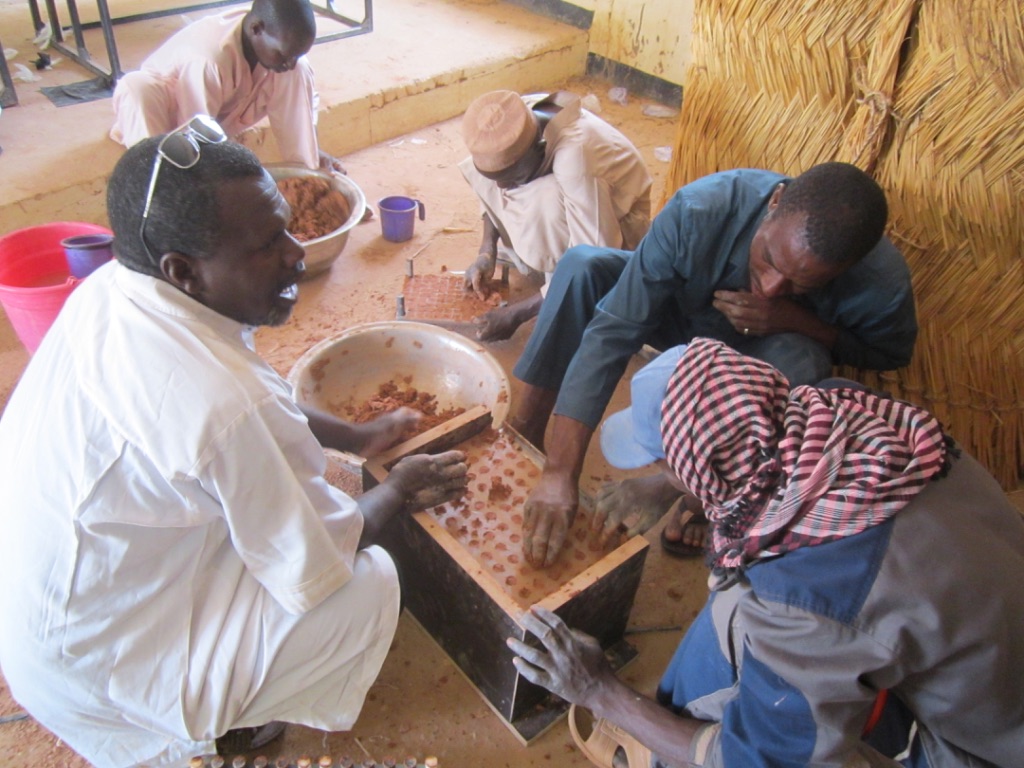![]()
Phase 1 was dedicated to basic research and first on-farm testing. As a result a functioning base recipe with optimised physical (diameter) and chemical (fertiliser amount) properties was developed. On-farm testing showed that the technology does fit into the Sahelian subsistence pearl millet cropping systems, is affordable to farmers, does correspond to their knowledge background, and results in positive yield effects (+30% on average).
Phase 2 wants to research the reasons behind spatial variability of yields in order to develop sound recommendations for extension services and respective extension materials. Other topics are the technology transfer to sorghum and other regions of Niger.
Mechanisation of seedball production needs to be tackled, too, in order to decrease labour input. Finally, socio-economic studies on economic feasibility and adoption are envisaged.

